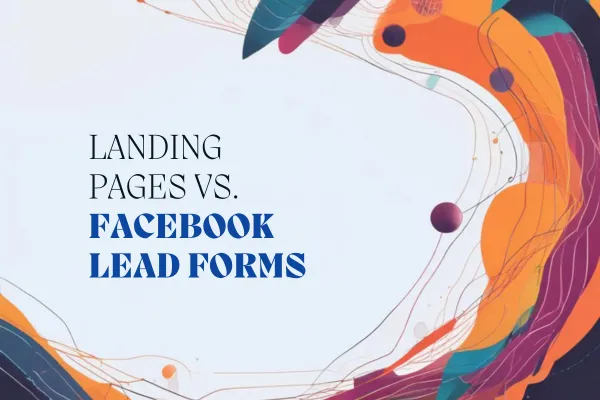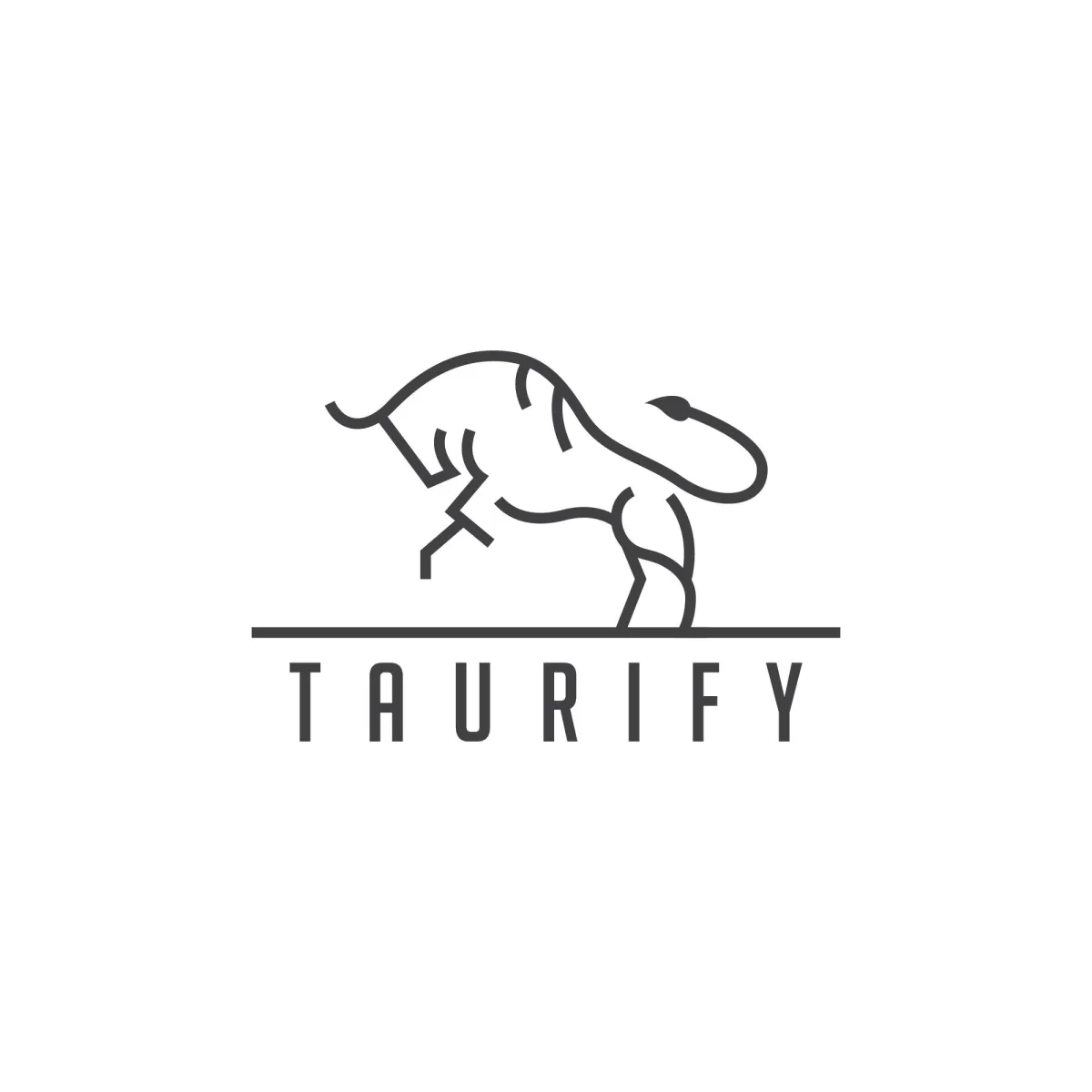
Landing Pages vs. Facebook Lead Forms: Choosing the Right Tool for Your Business
In the ever-changing world of digital marketing, business owners face numerous options when it comes to generating leads. For painting and renovation businesses, choosing between Facebook Lead Forms and landing pages is often a key decision. Both tools have their strengths and drawbacks, and the right choice depends on your goals, resources, and audience. At Taurify, we’ve helped countless businesses navigate these options and achieve success. Let’s break down the pros and cons of each.
What Are Facebook Lead Forms?
Facebook Lead Forms are built-in tools on Facebook Ads that allow users to submit their information without leaving the platform. These forms are quick, simple, and optimized for mobile users.
Pros of Facebook Lead Forms
Ease of Use: Facebook Lead Forms are incredibly easy to set up. No website or landing page is required—just a few clicks, and you’re ready to go. This simplicity extends to leads as well, as Facebook pre-fills their information, making it fast for users to complete.
Cost-Effective: With lower barriers to entry, Facebook Lead Forms often generate leads at a lower cost compared to landing pages.
Mobile Optimization: Since most users access Facebook from mobile devices, these forms are natively optimized for mobile, ensuring a seamless user experience.
CRM Integration: Facebook Lead Forms can easily connect with CRMs like HighLevel, HubSpot, or Zapier, allowing for instant lead management.
Cons of Facebook Lead Forms
Limited Customization: Facebook Lead Forms lack the ability to showcase videos, detailed portfolios, or complex messaging. This limits your ability to educate or qualify leads beyond a few questions.
Risk of Bad Data: Because the forms auto-fill with information stored on Facebook, outdated or incorrect data can slip through, resulting in leads that are hard to contact.
Delayed Notifications: Without third-party tools, businesses may not receive immediate alerts about new leads, slowing down follow-up efforts.
What Are Landing Pages?
Landing pages are standalone web pages created specifically for marketing campaigns. They can provide detailed information, showcase testimonials, and guide users through a custom experience.
Pros of Landing Pages
Customizable User Experience
Landing pages allow you to highlight your unique value. Add videos, before-and-after images, or detailed service descriptions to create a compelling narrative.Higher Lead Quality
By requiring users to fill out more detailed forms, landing pages often attract higher-quality leads who are genuinely interested in your services.Integrated Features
Features like online appointment booking, chatbots, or downloadable resources can be added to streamline the customer journey.
Cons of Landing Pages
Higher Cost per Lead
The added customization and lead qualification often result in fewer, but higher-quality leads. This can make landing pages more expensive per conversion.Setup Complexity
Creating an effective landing page requires tools like a website builder, integration with your CRM, and proper mobile optimization, which can be time-intensive.Technical Challenges
Effective landing pages rely on properly set up analytics tools like Facebook Pixel to track performance, adding another layer of complexity.
Which Option is Best for Your Business?
Facebook Lead Forms: Quick and Cost-Effective
If you’re just starting with ads or looking to build a broad audience, Facebook Lead Forms are a great entry point. They provide quick results and help you gather leads efficiently without the need for a website.
Landing Pages: High-Quality, Educated Leads
For businesses focused on premium services, landing pages are worth the investment. They allow you to tell your story, qualify leads, and nurture prospects effectively.
Hybrid Approach
Many businesses benefit from using both tools. Start with Facebook Lead Forms to test audiences and refine your targeting. As your campaigns grow, introduce landing pages for more in-depth lead nurturing.
Best Practices for Lead Management
No matter which tool you choose, effective lead management is crucial. At Taurify, we recommend these three golden rules:
Speed to Lead: Contact leads within five minutes of receiving their information. Fast follow-up significantly increases conversion rates.
Consistent Follow-Up: Many prospects require multiple touchpoints before committing. Implement email, SMS, and phone follow-ups to stay top-of-mind.
Use a CRM: Track every lead using a reliable CRM to monitor progress and avoid letting opportunities slip through the cracks.
How We Can Help
At Taurify, we specialize in creating customized marketing strategies for painting and renovation businesses. Whether you’re looking to generate leads quickly with Facebook Lead Forms or build detailed, high-converting landing pages, we have the expertise to help you succeed?
Ready to take your business to the next level? Schedule a free discovery call with Taurify today. Let’s create a tailored marketing strategy that drives results and grows your business.
